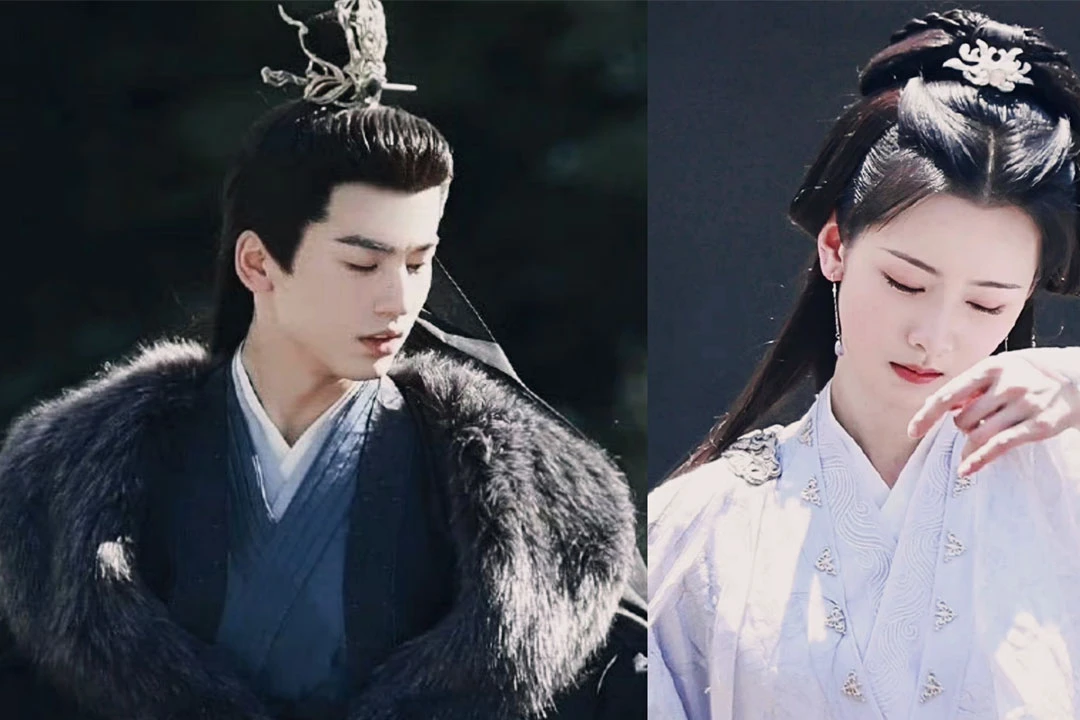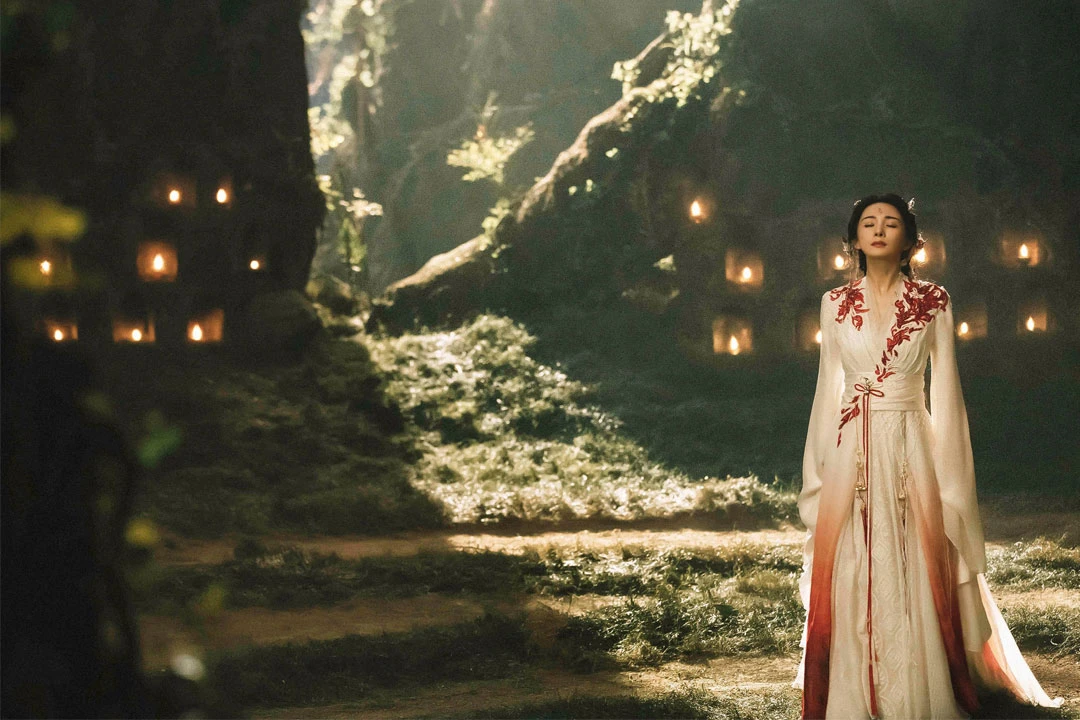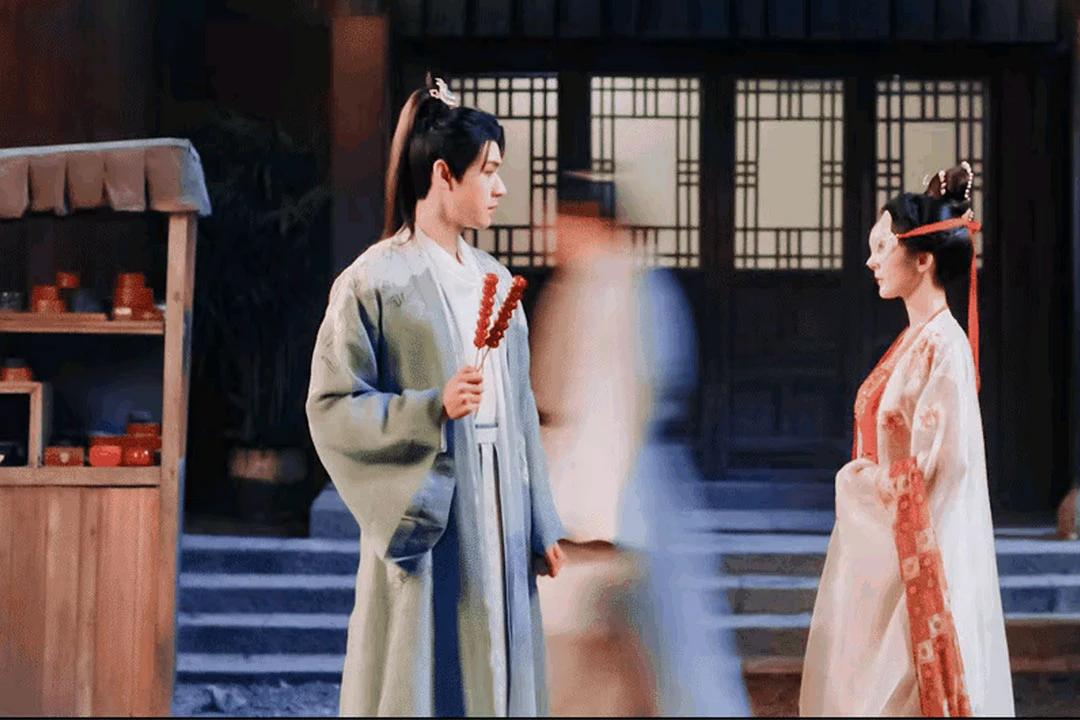In recent years, the phenomenon of "live-action adaptations of Chinese comics" has surged in popularity, captivating audiences with its unique blend of comic book narratives brought to life on screen. This burgeoning market offers a diverse range of themes and holds immense potential, attracting significant attention and investment from major platforms in China.
However, the journey to success in this realm seems fraught with challenges, with the specter of difficulties in adapting comics to live-action looming over many productions. How can creators navigate the complexities of bridging the gap between two distinct mediums, ensuring a balance between the essence of the original comics and the demands of live-action storytelling? The answer to this question remains elusive, requiring ongoing exploration and innovation.
The anticipation surrounding the release of Fox Spirit Matchmaker: "Red-Haired Girl" was palpable, with high expectations from various quarters. Fans of Chinese comics eagerly awaited to see how a beloved IP would transition to the small screen, while aficionados of historical dramas rejoiced at the prospect of encountering the "ancient costume beauty ceiling" once again. Moreover, the production team's announcement of utilizing virtual production technology for the first time in a domestic long-form drama only served to deepen the audience's anticipation.
The allure of "live-action" lies in its ability to translate the vivid imagery and captivating narratives of comics into a tangible, immersive viewing experience. By blending elements of fantasy, action, romance, and suspense, these adaptations offer a multifaceted appeal that resonates with a diverse audience base. From epic battles to tender moments of romance, each scene is meticulously crafted to capture the essence of the source material while infusing it with the nuances of live-action performance.
Yet, for all its potential, the transition from page to screen is not without its pitfalls. One of the most significant challenges lies in preserving the distinctive aesthetic and storytelling techniques of comics within the constraints of live-action production. The dynamic visuals, exaggerated expressions, and stylized action sequences that define many Chinese comics can be difficult to replicate convincingly in a live-action format. Moreover, the need to adapt complex storylines and expansive worlds into digestible episodic formats requires careful planning and creative ingenuity.
To overcome these hurdles, creators must strike a delicate balance between fidelity to the source material and adaptation to the demands of live-action storytelling. This entails not only capturing the visual essence of the comics but also distilling their thematic depth and emotional resonance into a format that resonates with viewers. Whether through innovative cinematography, imaginative set design, or nuanced performances, each element of production plays a crucial role in shaping the overall aesthetic and narrative impact of the adaptation.
In the case of Red-Haired Girl, the use of virtual production technology represents a bold step forward in pushing the boundaries of visual storytelling. By seamlessly integrating CGI elements with live-action footage, the production team aims to create a richly immersive world that faithfully captures the fantastical elements of the original comics. This innovative approach not only enhances the visual spectacle of the series but also opens up new possibilities for future adaptations to explore.
Ultimately, the success of "live-action" hinges on its ability to strike a chord with audiences, offering a compelling blend of nostalgia, excitement, and emotional resonance. As viewers eagerly await the premiere of Red-Haired Girl and other upcoming adaptations, the journey to break the dimensional barrier and achieve a harmonious balance between the worlds of comics and live-action continues. In this ever-evolving landscape of storytelling, innovation and creativity hold the key to unlocking the full potential of this burgeoning genre.
In the dynamic realm of "live-action", where the fusion of two distinct mediums gives rise to new storytelling possibilities, each adaptation serves as a testament to the evolving landscape of Chinese entertainment. With each new release, creators and audiences alike embark on a journey of exploration, seeking to discover new ways to bring beloved comics to life on screen.
One of the defining characteristics of successful "live-action" lies in its ability to capture the essence of the original source material while also offering something fresh and engaging for viewers. This delicate balance requires a deep understanding of both the comic medium and the nuances of live-action production, as well as a willingness to innovate and push the boundaries of traditional storytelling conventions.
In recent years, we've seen a proliferation of adaptations that have pushed the envelope in terms of visual effects, narrative complexity, and thematic depth. From epic fantasy sagas to intimate character dramas, each adaptation brings its own unique blend of elements to the table, catering to a diverse range of tastes and preferences.
Take, for example, the critically acclaimed adaptation of "The King's Avatar", which expertly translates the fast-paced action and strategic gameplay of the original web novel and animated series into a thrilling live-action spectacle. By staying true to the spirit of the source material while also introducing new elements and storylines, the series garnered widespread praise from fans and critics alike, setting a new standard for excellence in the genre.
Similarly, "Soul Land" captivated audiences with its richly imagined world, compelling characters, and epic battles. Drawing inspiration from the popular web novel and animated series, the live-action adaptation skillfully brought to life the fantastical elements of the story while also exploring deeper themes of friendship, loyalty, and self-discovery.
Yet, for every success story, there are also adaptations that fall short of expectations, struggling to capture the magic of the original comics or failing to resonate with audiences on a meaningful level. In these instances, the challenges of adapting complex narratives, iconic characters, and dynamic visuals to the constraints of live-action production become all too apparent, highlighting the need for careful planning, creative vision, and effective execution.
As the market for "live-action" continues to grow and evolve, creators and producers must remain vigilant in their efforts to push the boundaries of storytelling while also staying true to the essence of the source material. This requires a willingness to experiment with new techniques and technologies, collaborate with talented artists and performers, and above all, listen to the feedback and input of fans and audiences.
In conclusion, the rise of "live-action" represents a thrilling new chapter in the evolution of Chinese entertainment, offering creators and audiences alike the opportunity to explore new worlds, encounter unforgettable characters, and experience the magic of storytelling in exciting new ways. As we look to the future, one thing is clear: the journey to break the dimensional barrier and achieve a harmonious balance between the worlds of comics and live-action is far from over. But with passion, creativity, and perseverance, the possibilities are endless.



